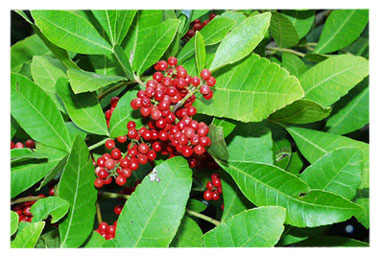Invasive plants degrade and diminish Florida’s conservation lands and waterways. Some invasive aquatic plants pose a significant threat to human welfare by impeding flood control and affecting recreational use of waterways and its associated surrounding economy. The Invasive Plant Management Section is the lead agency in Florida responsible for coordinating and funding two statewide programs controlling invasive aquatic and upland plants on public conservation lands and waterways throughout the state. The section also ensures that beneficial native aquatic plants in Florida’s ponds, lakes and rivers are protected through its permitting programs and funding research to find more cost-effective management techniques.

VectoStar is a sophisticated vector management software designed to assist in the management of invasive plant species. It offers a range of features tailored to streamline the process of monitoring, tracking, and controlling invasive plants, ultimately aiding in their effective management and eradication.
One key feature of VectoStar is its comprehensive reporting capabilities, which can significantly ease reporting requirements for invasive plant management efforts. Here’s how VectoStar can help in this regard:
The Historical Aspects of Invasive Plant Management in Florida
Florida’s aquatic plant management program is one of the oldest invasive species removal programs, with its beginnings dating back to the late 1800s. South American floating waterhyacinths were introduced into the St. Johns River near Palatka in the late 1880s and soon after made navigation on the river for steamboat traffic almost impossible. Later, a 1950s plant invader, hydrilla (a native of Southeast Asia), began to infest and degrade Floridas’s lakes and rivers when it produced dense canopies at the surface. Beginning in the 1960s, the Australian melaleuca tree and the South American Brazilian pepper tree began to rapidly spread into and on south Florida’s conservation lands. These nonnative invasive plants, along with others, now impact approximately 1.5 million acres of Florida. With the addition of the upland program, the section oversees the largest invasive plant management program of its kind in the United States.



